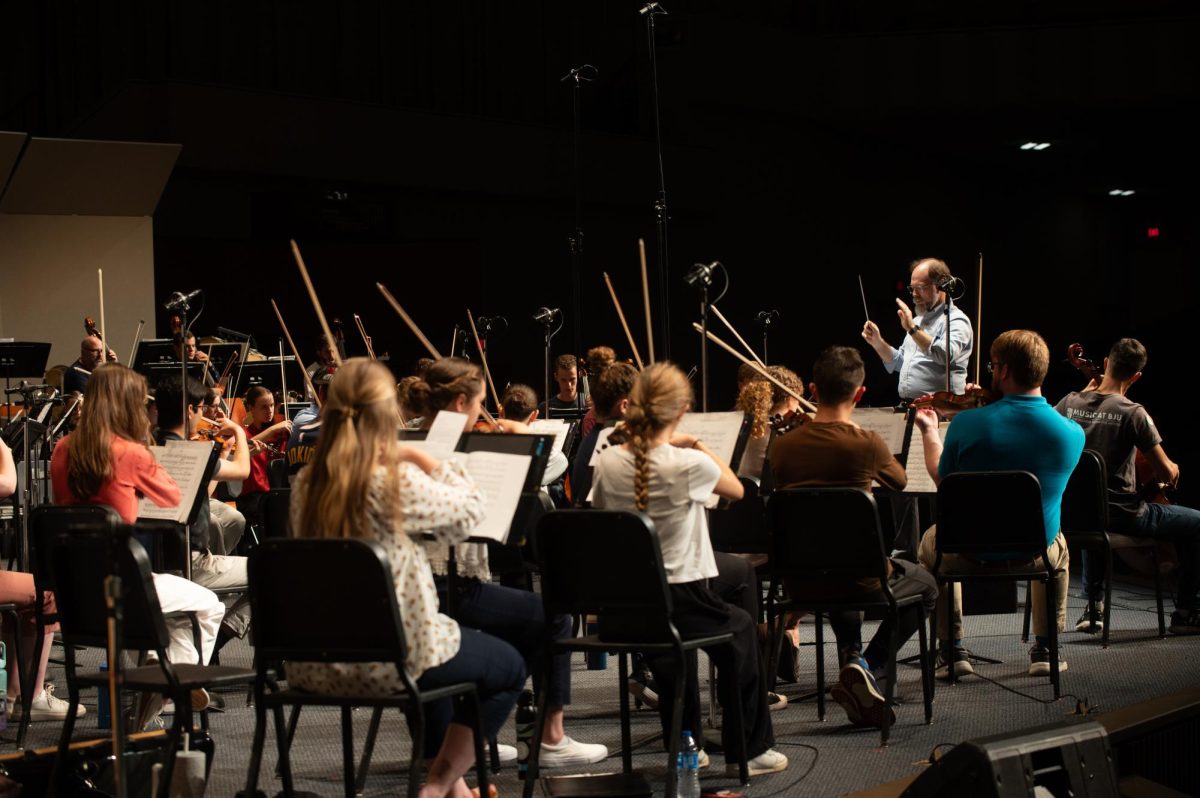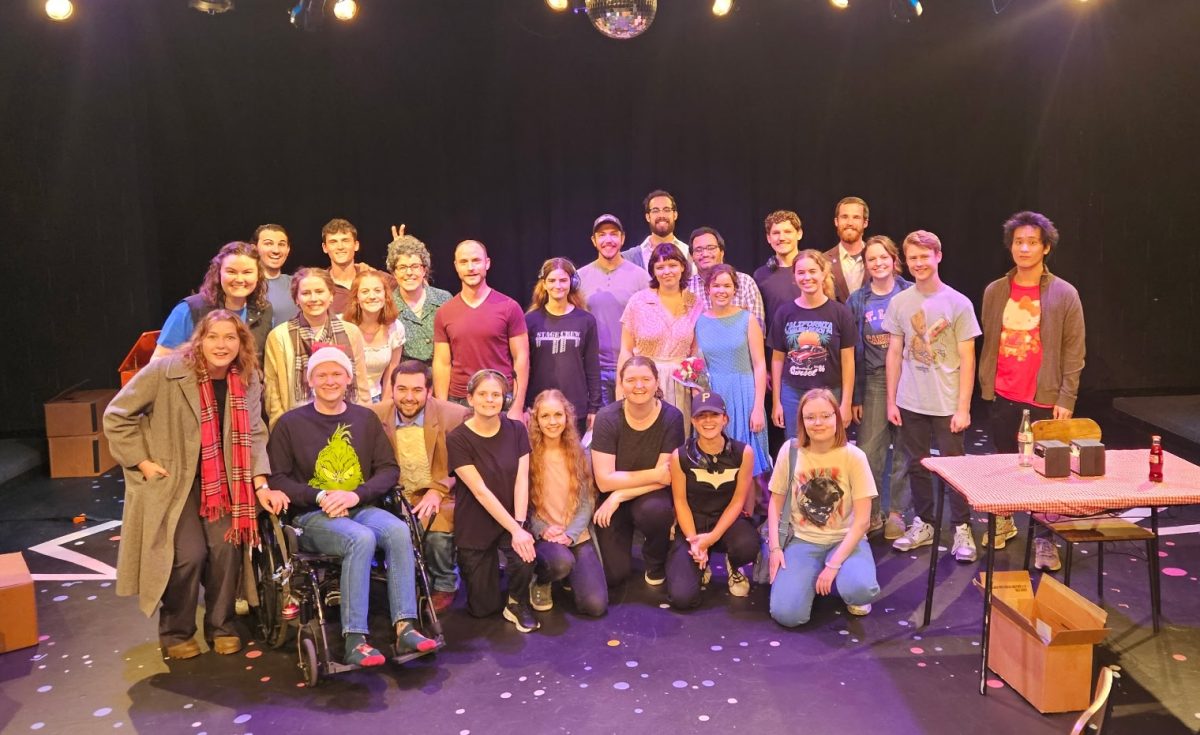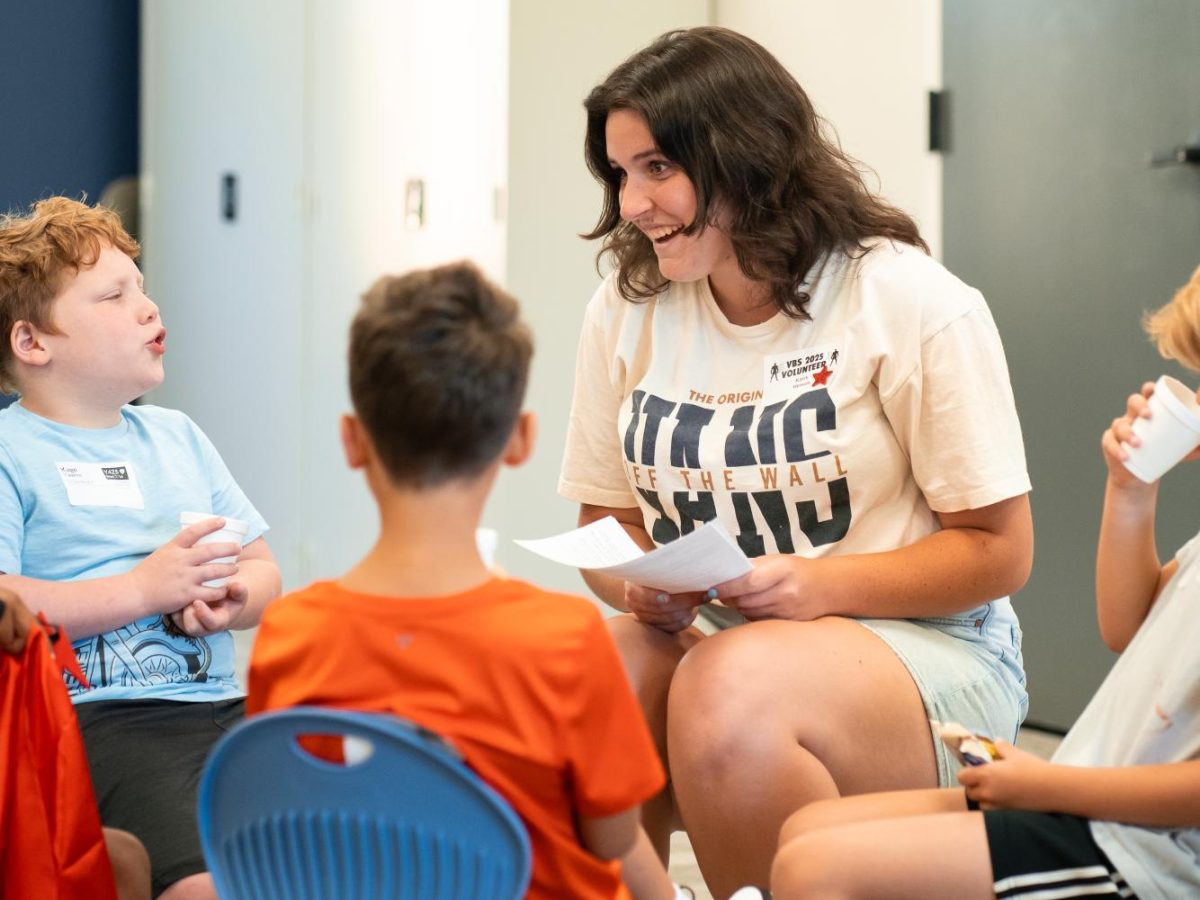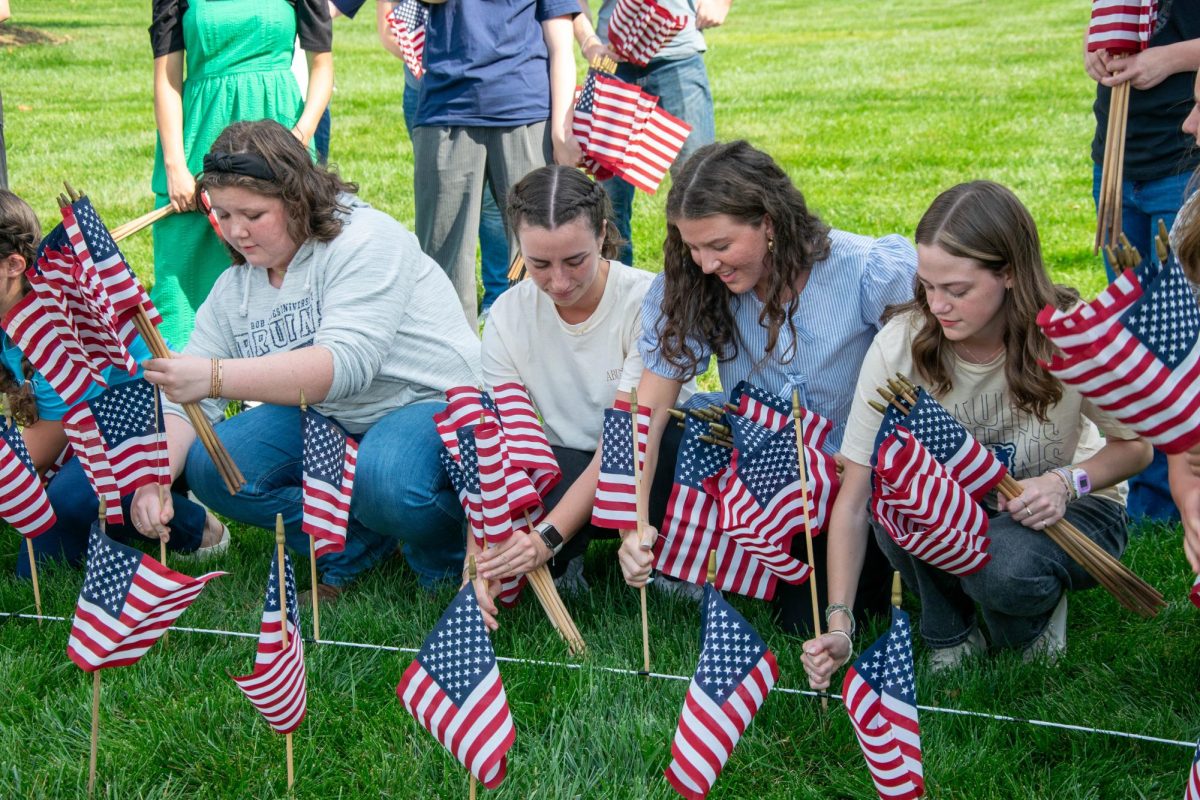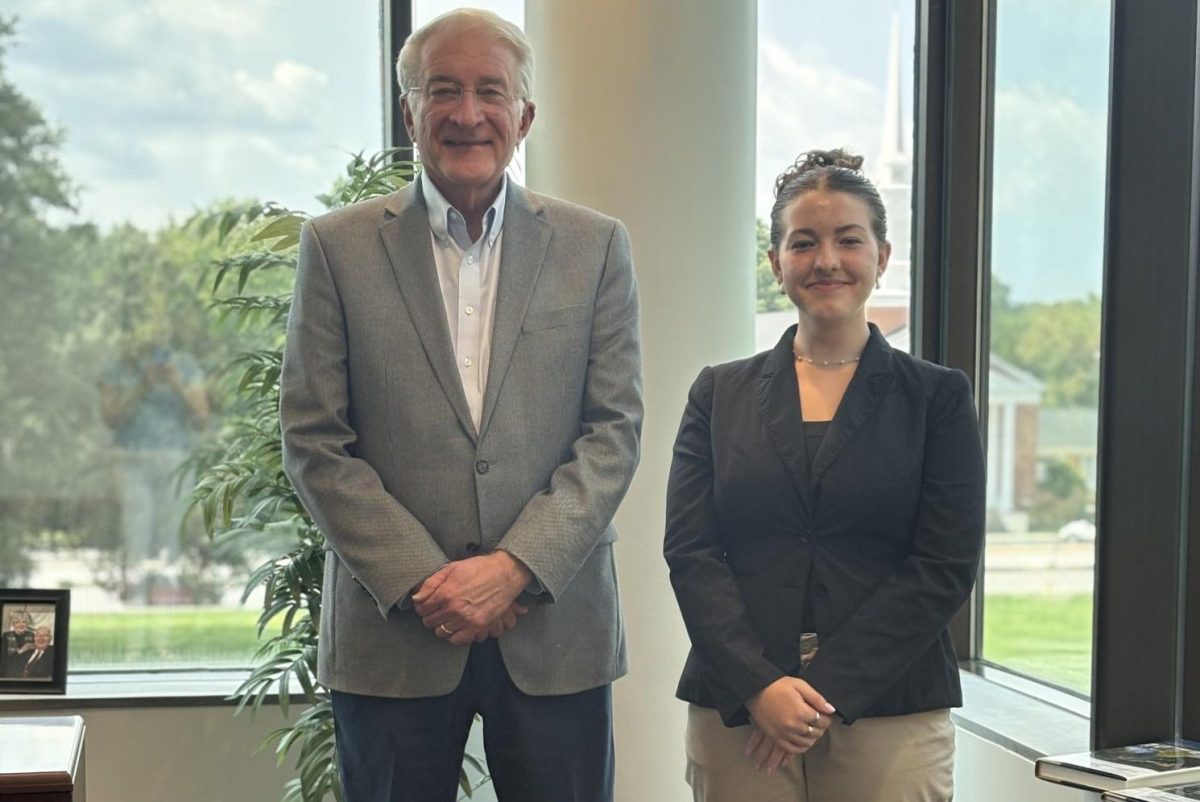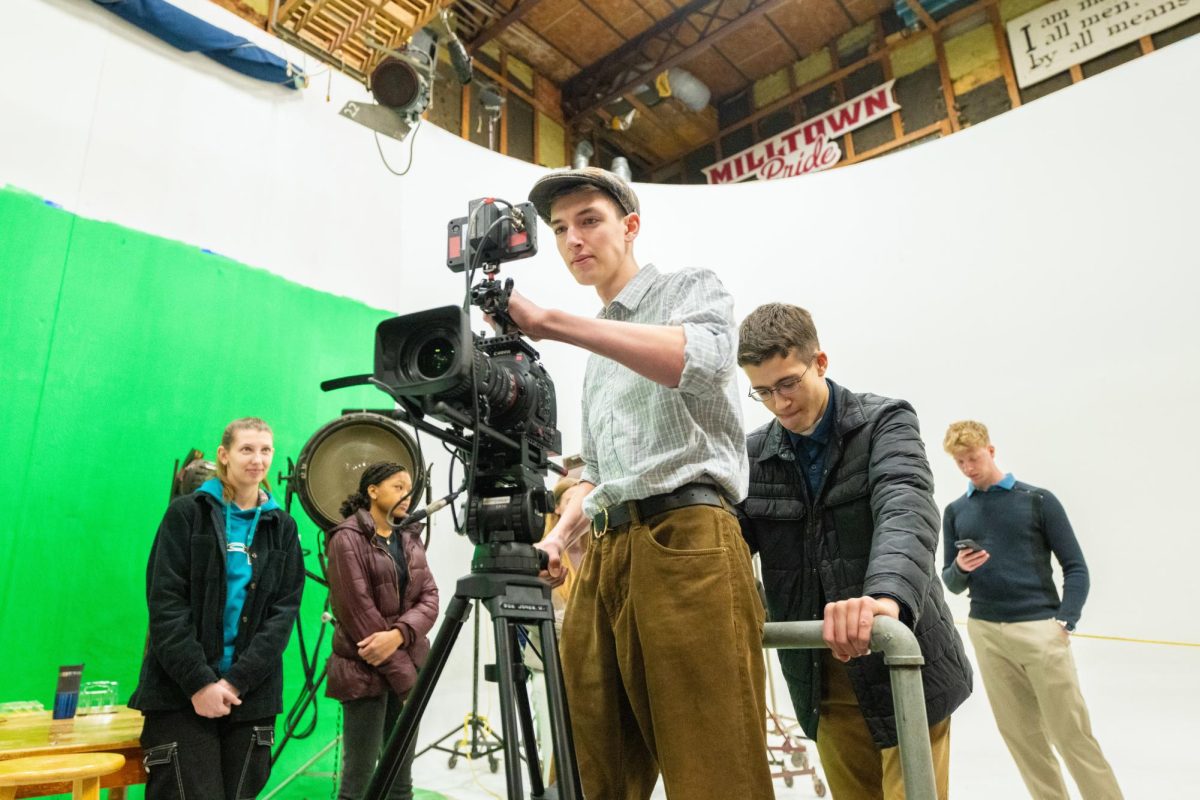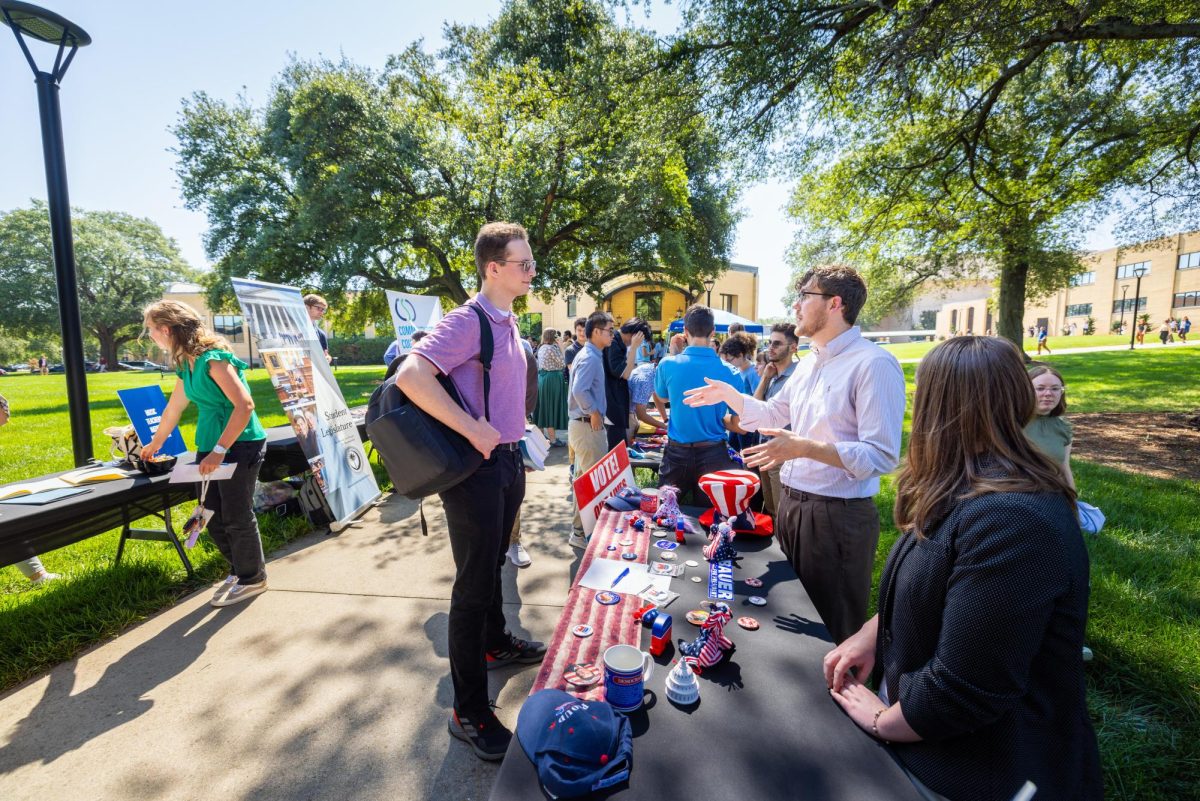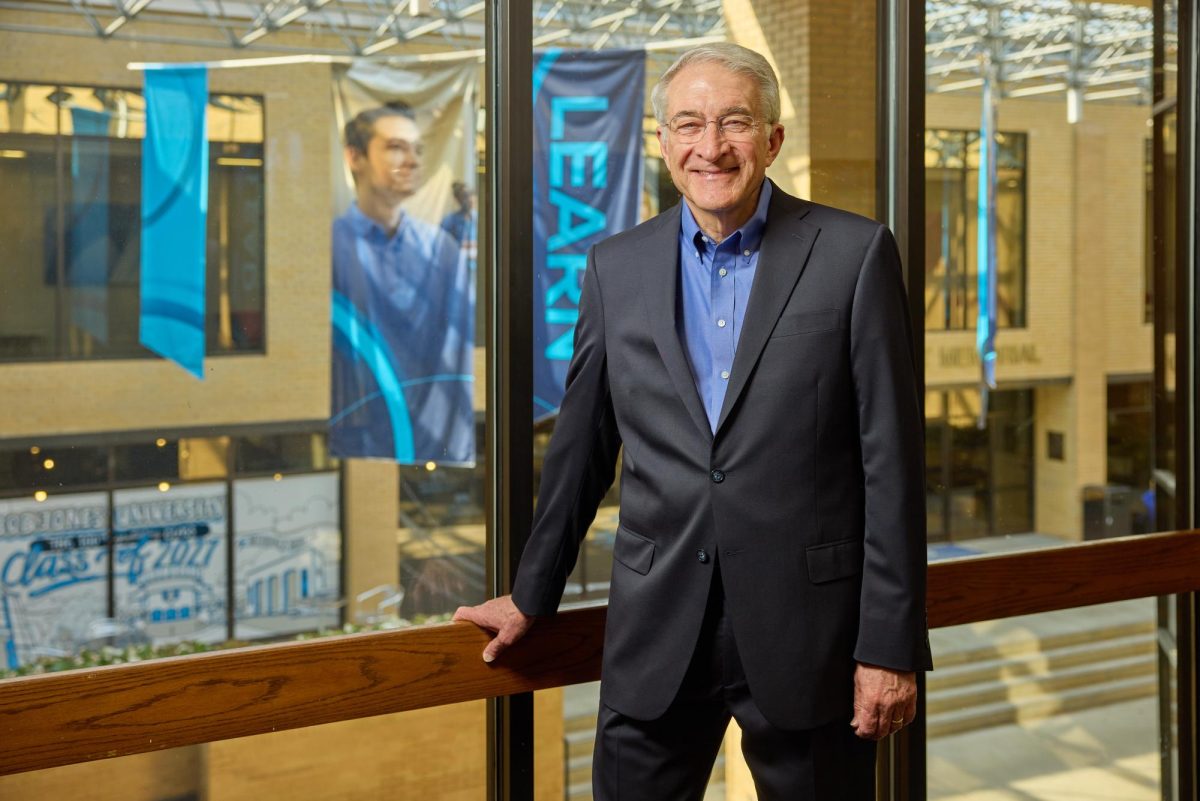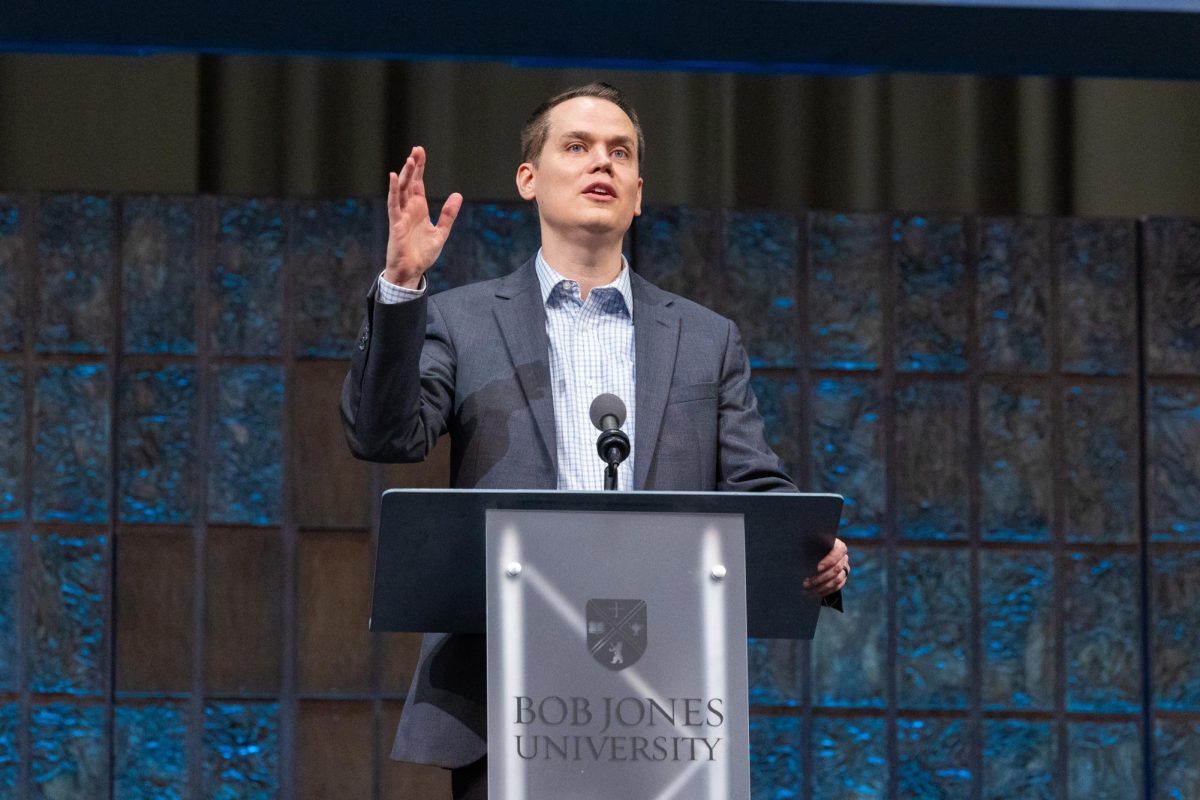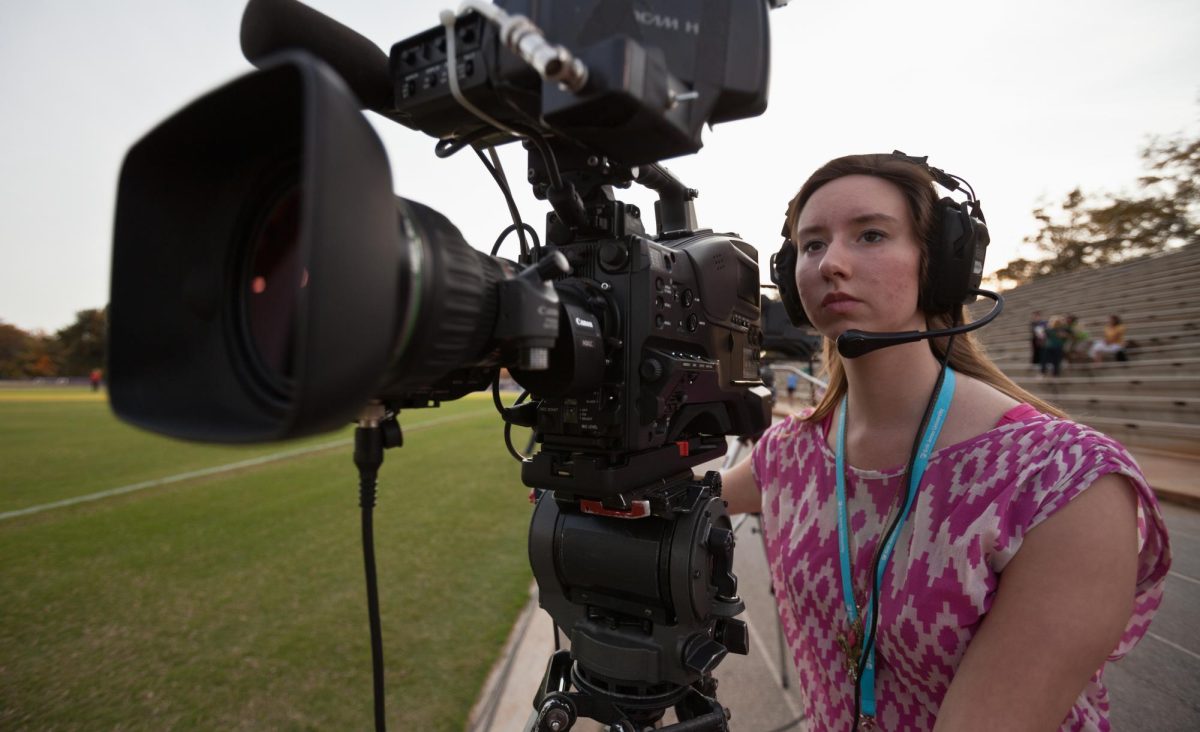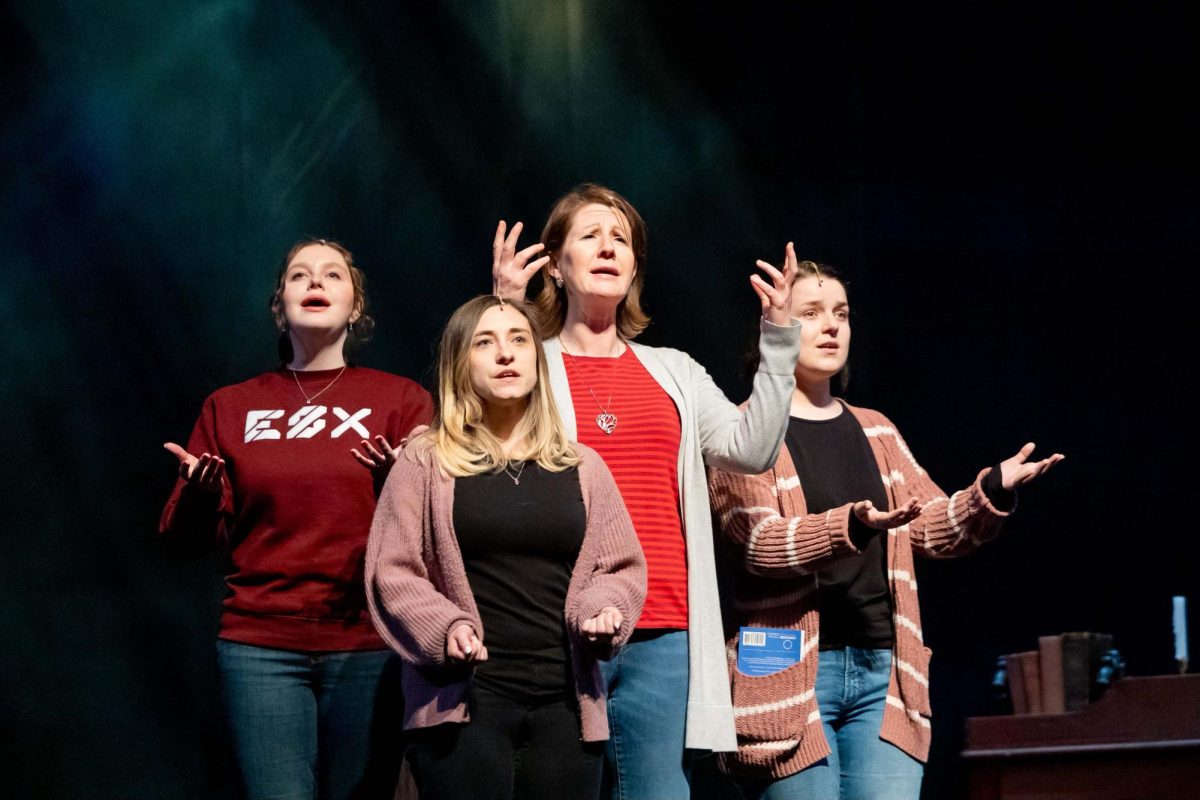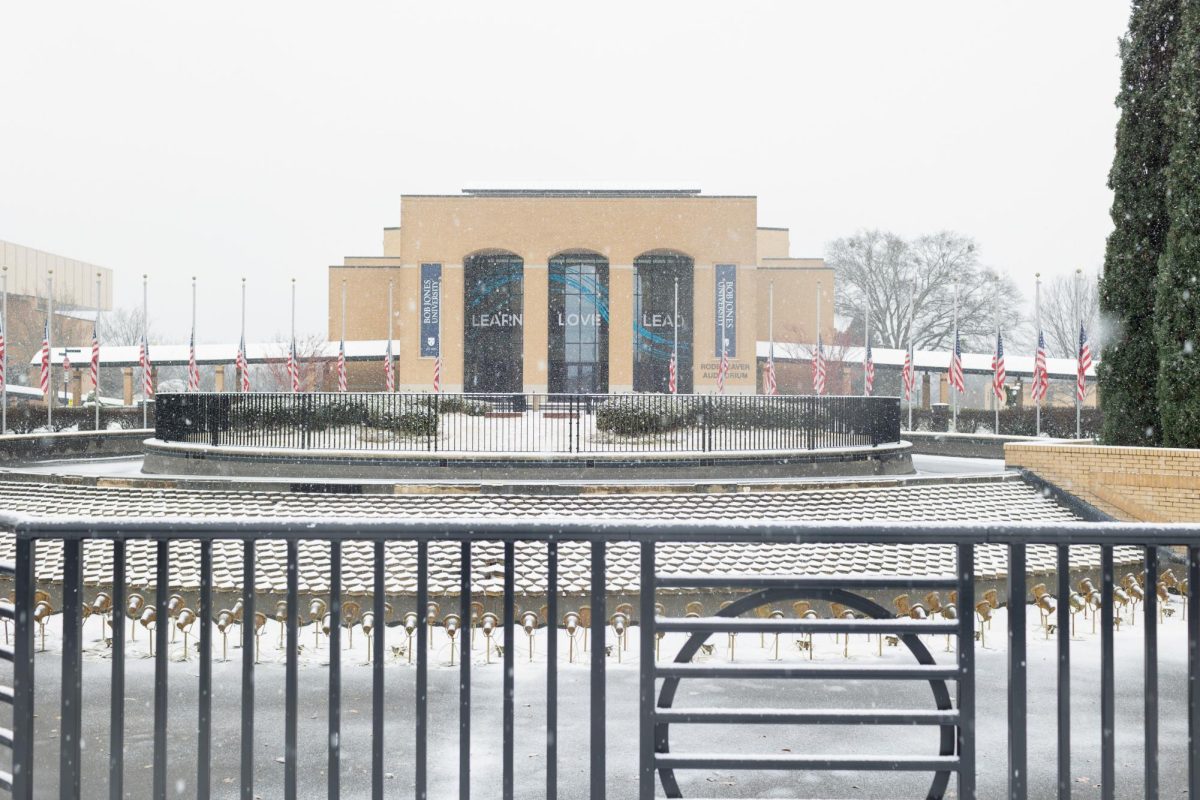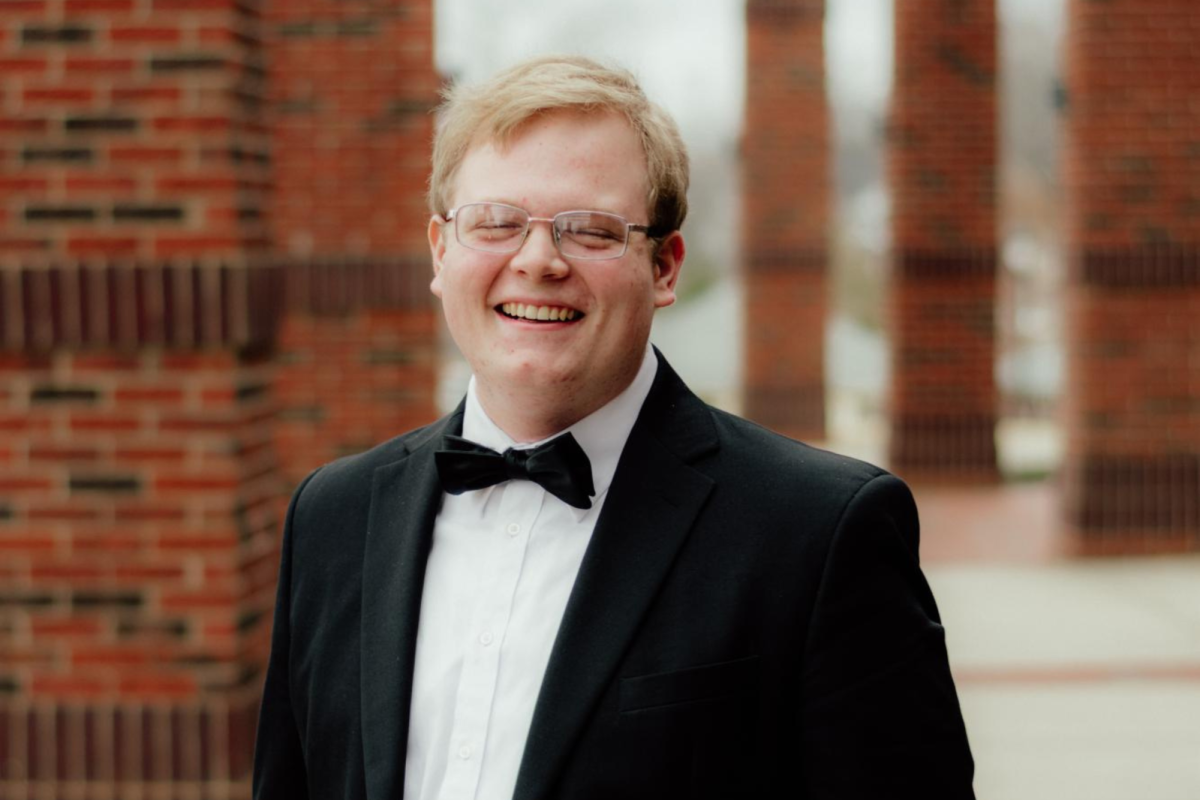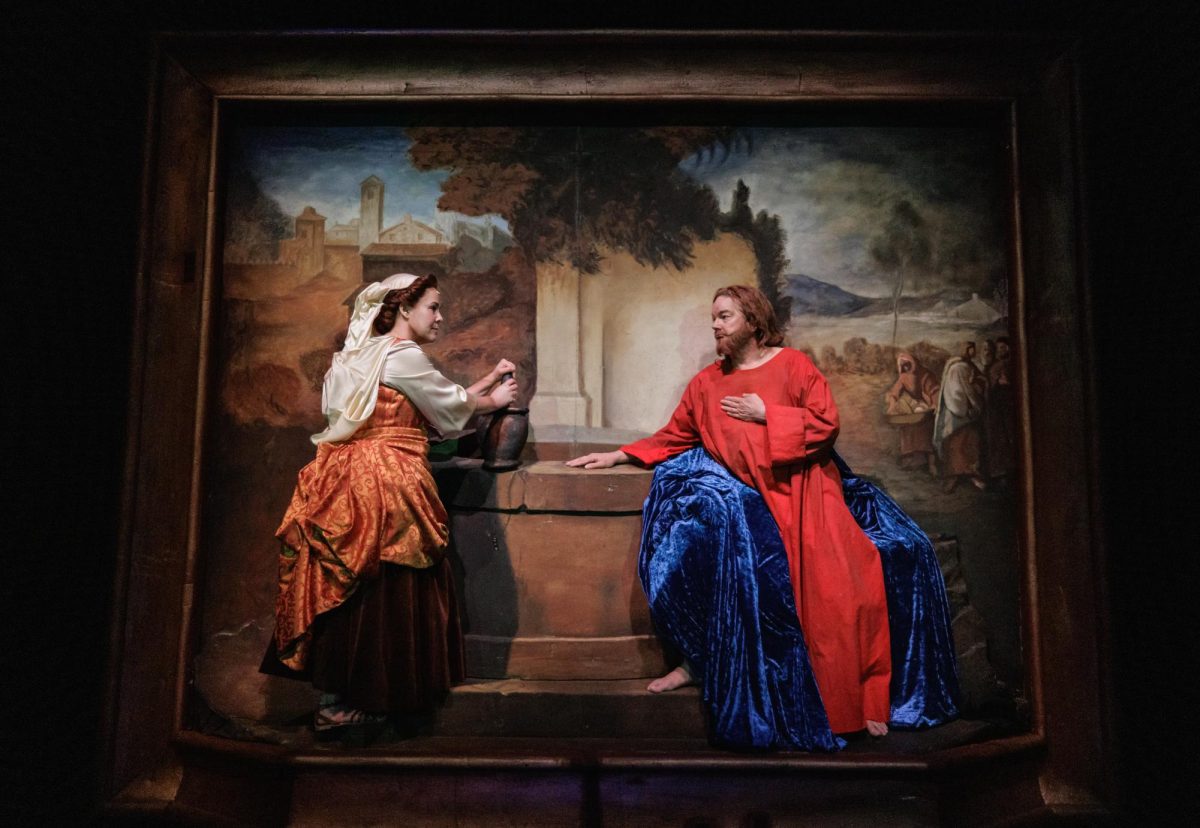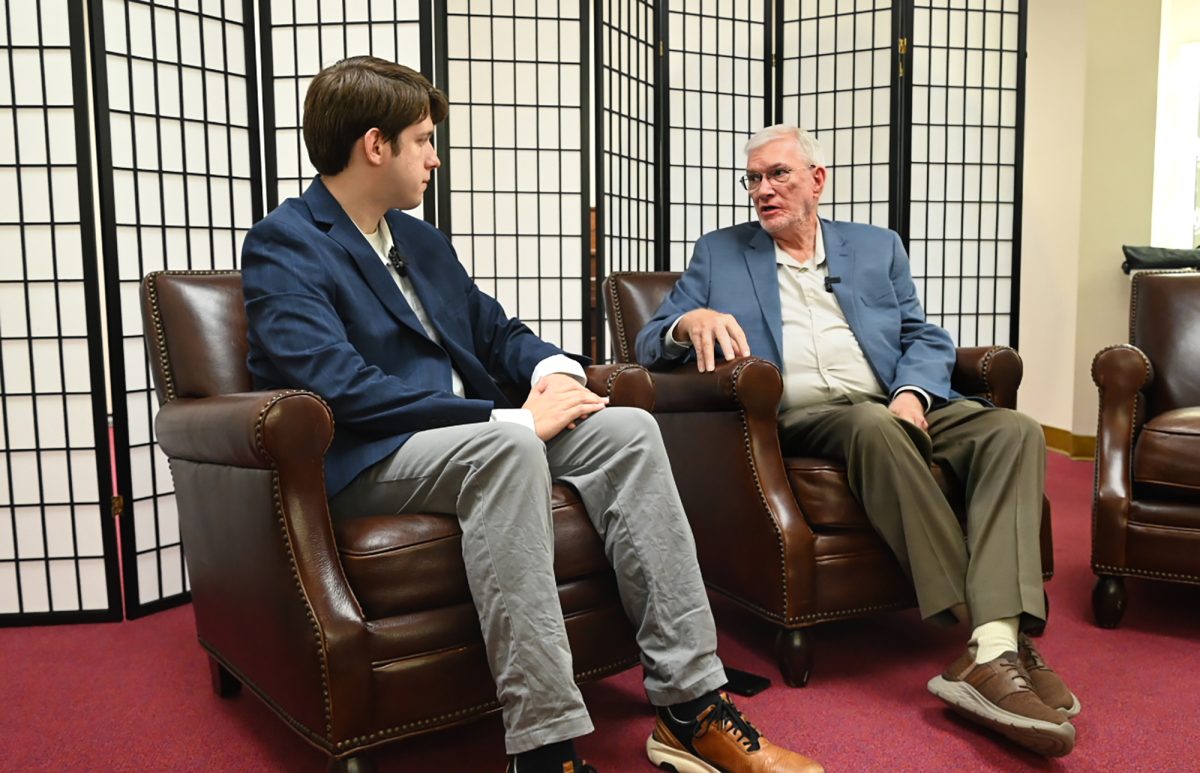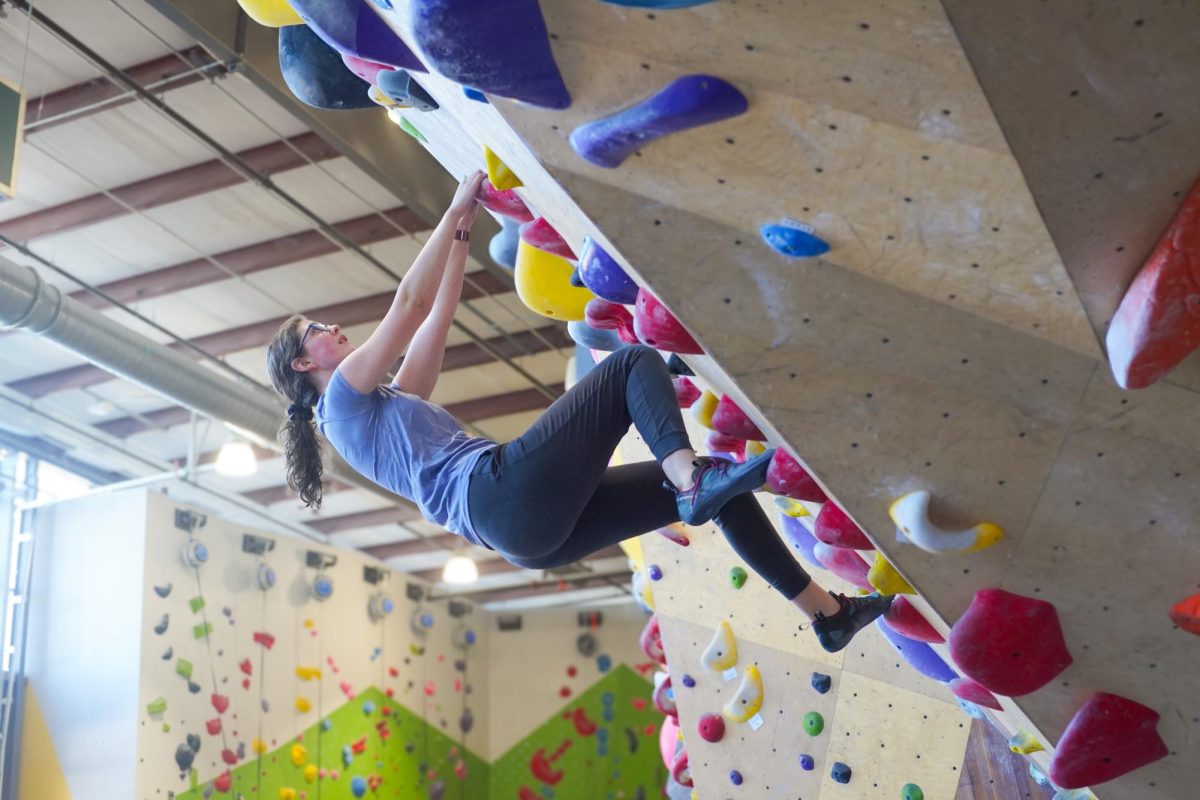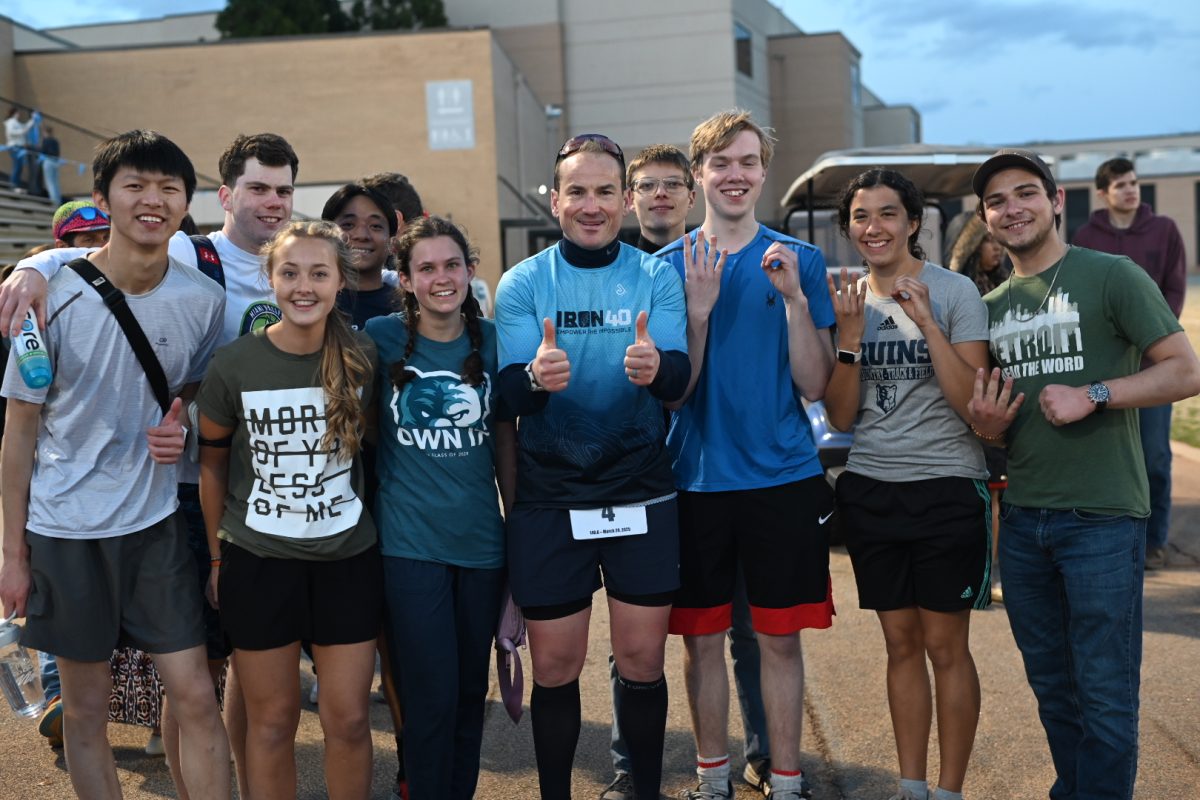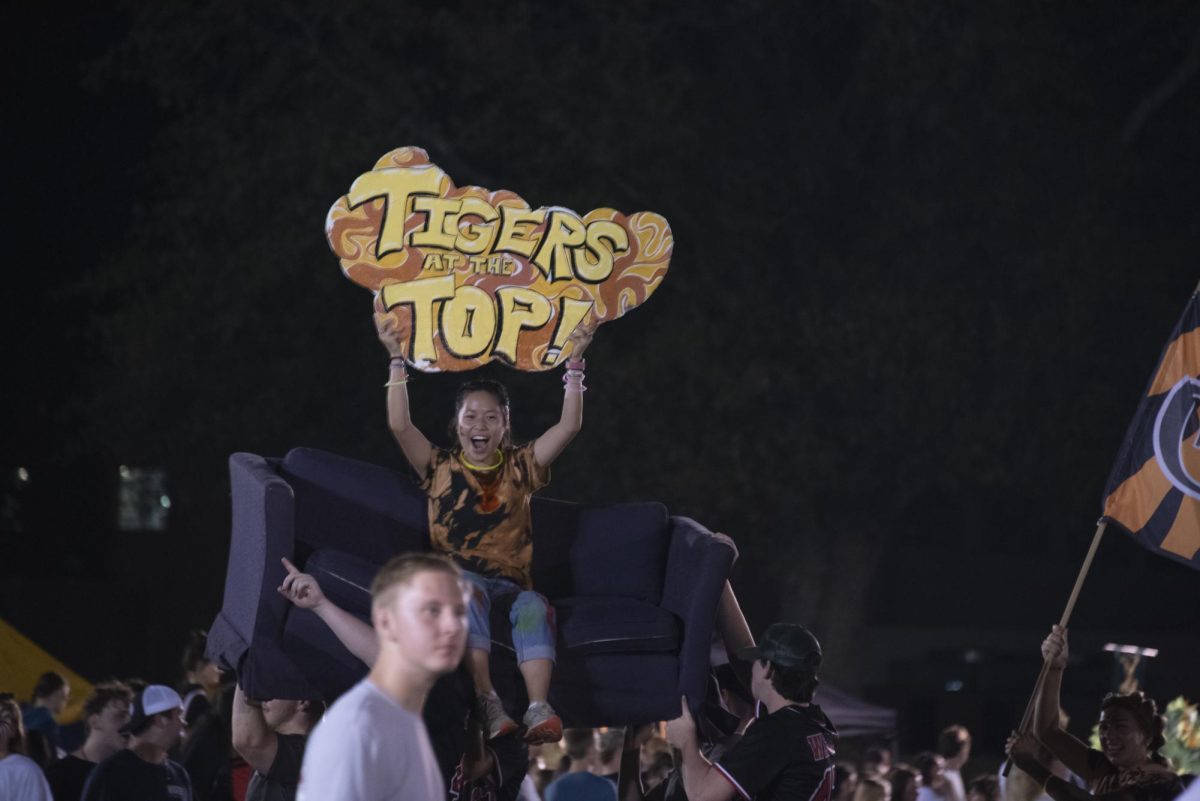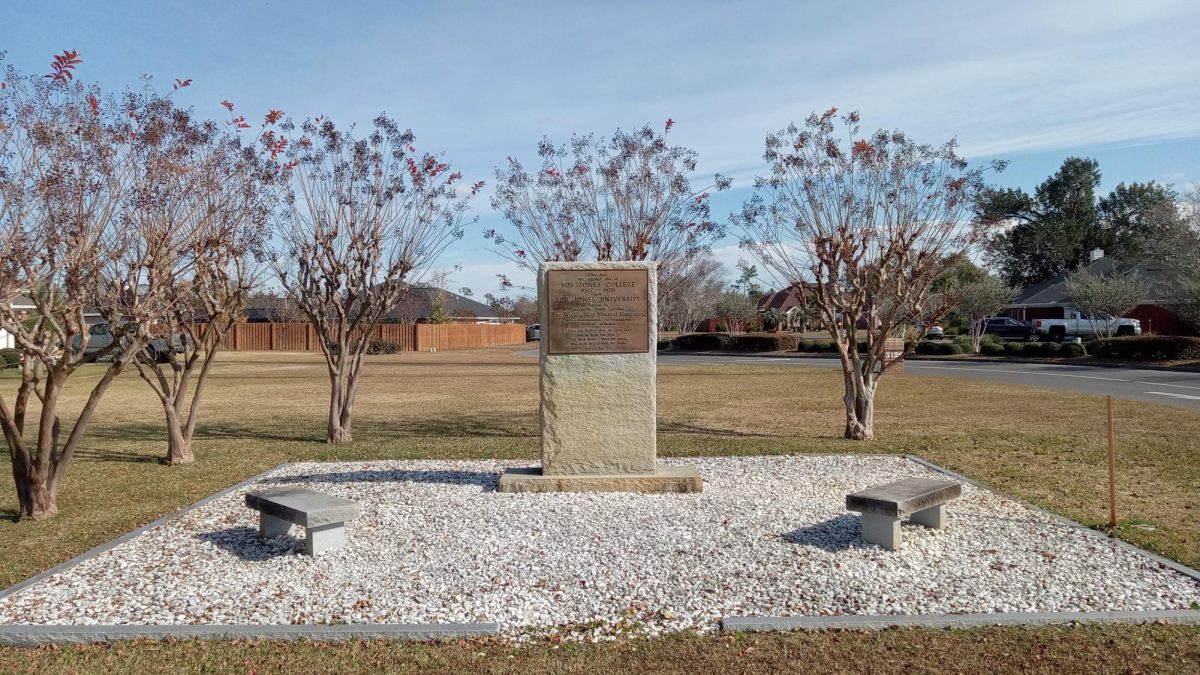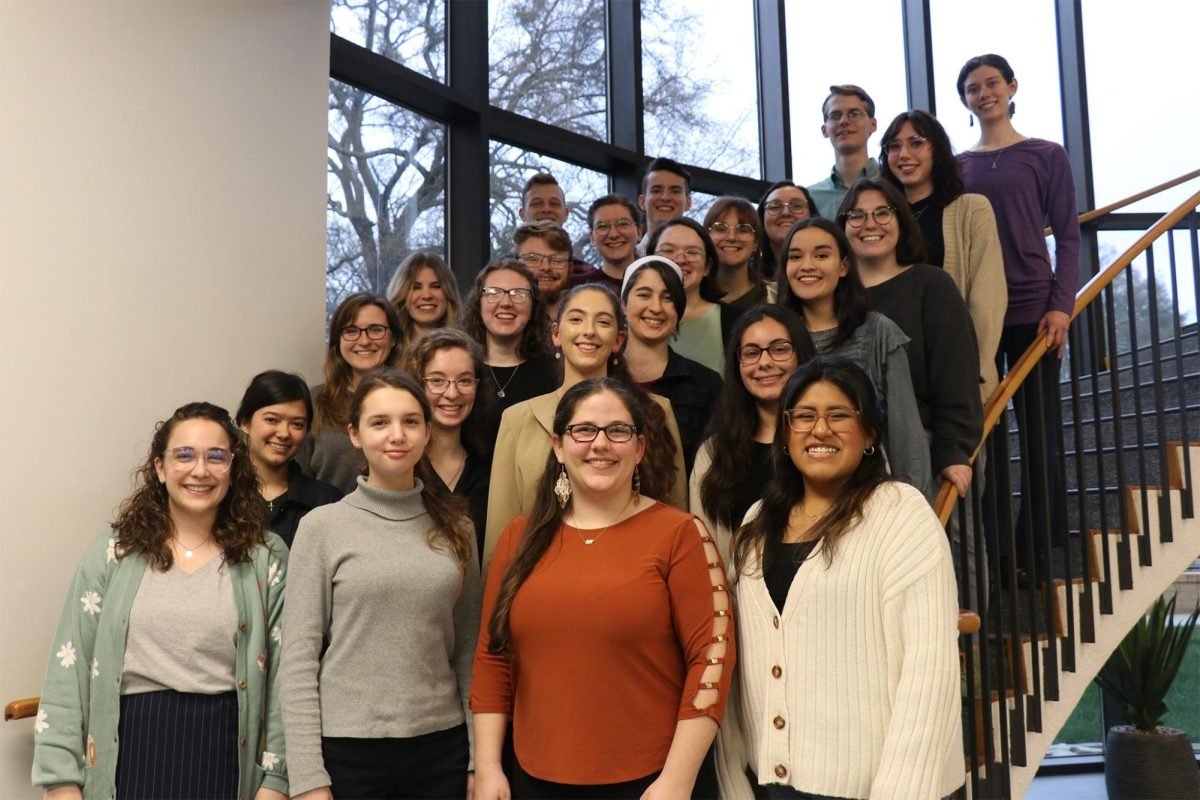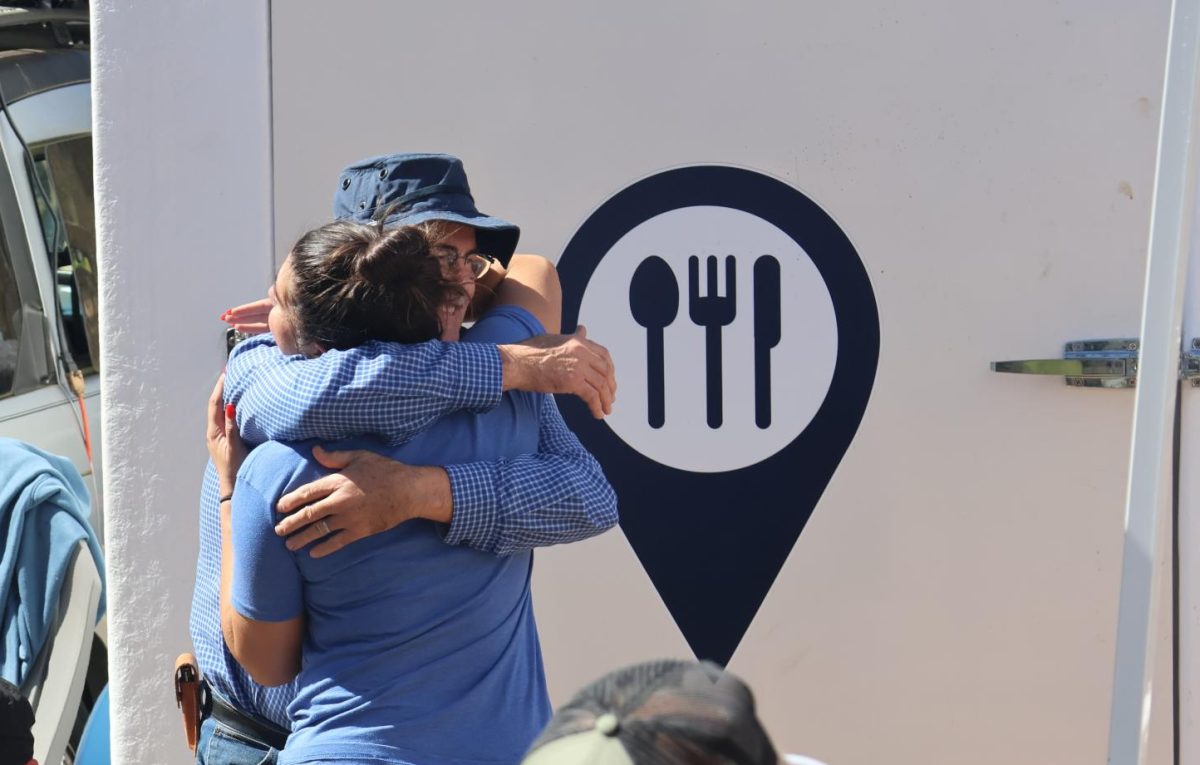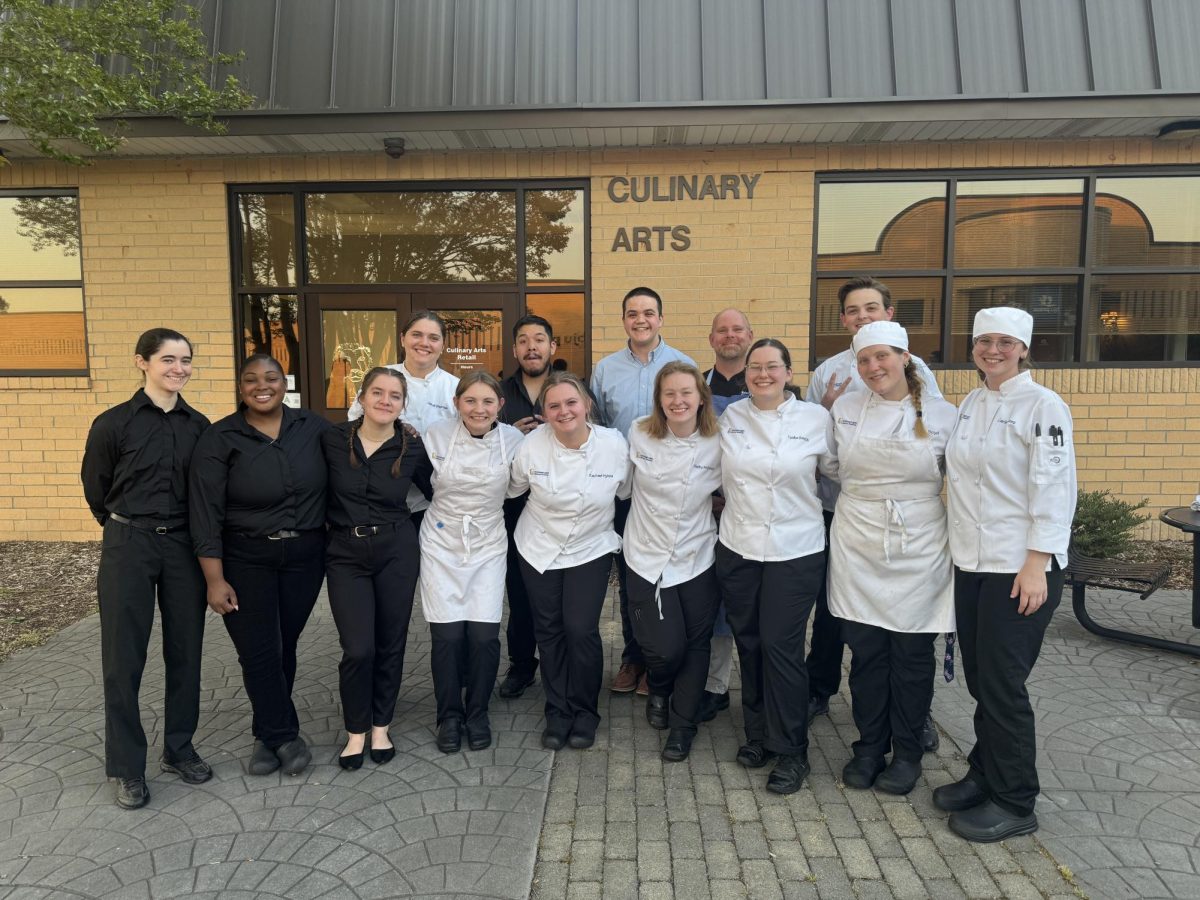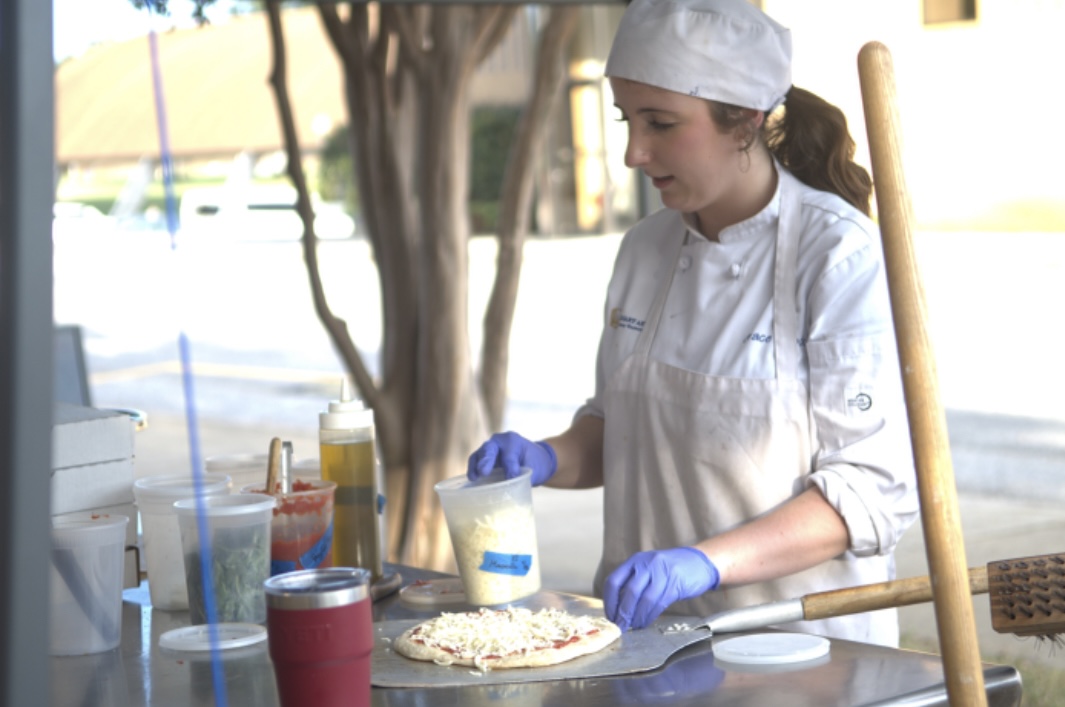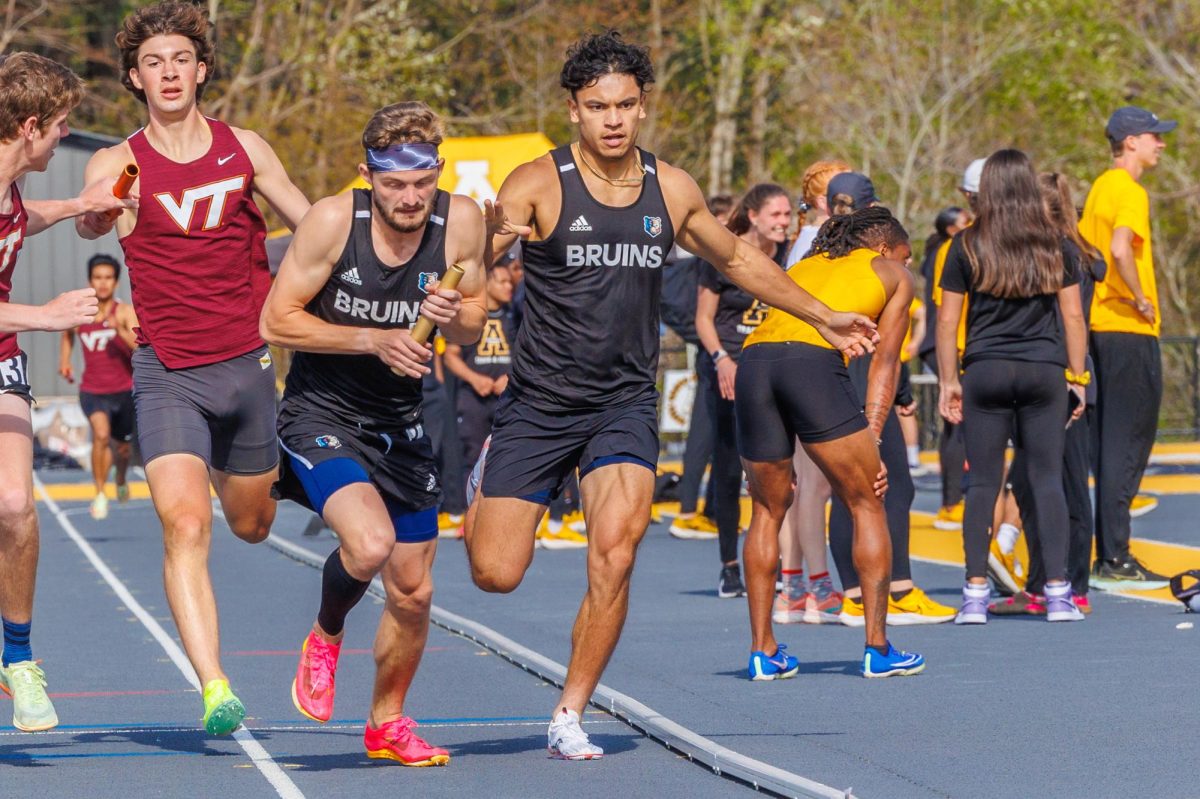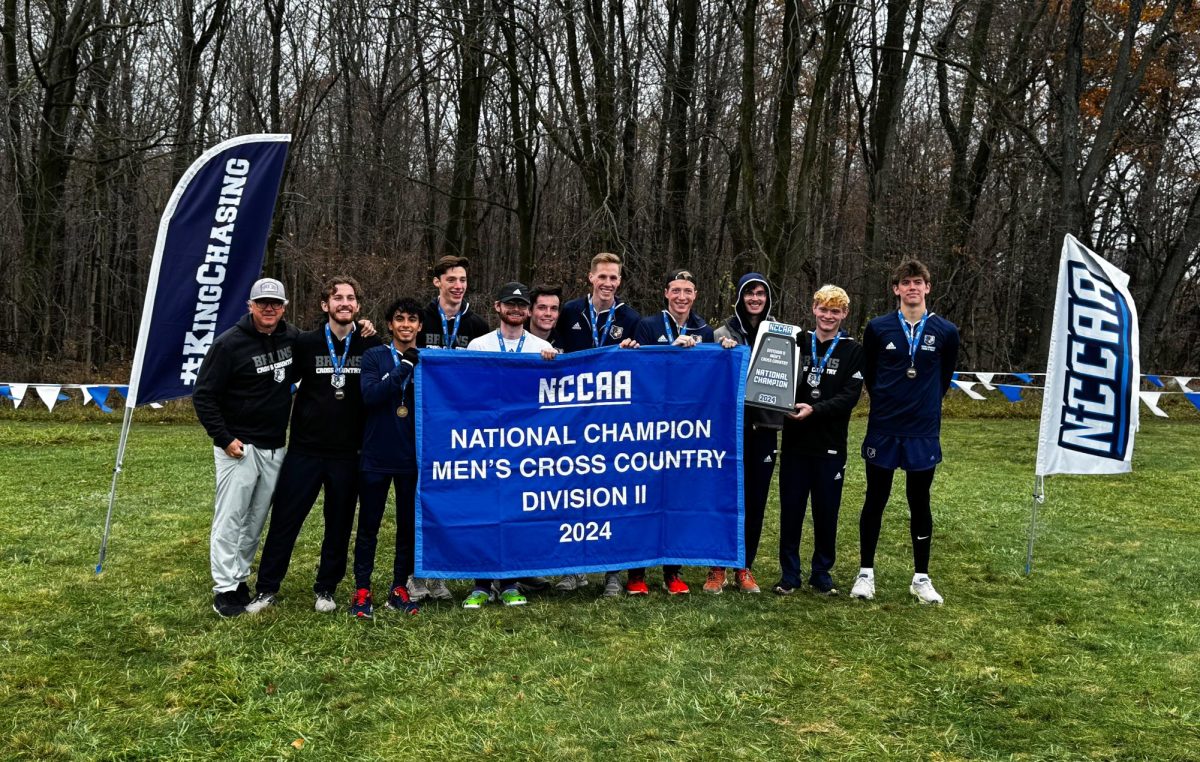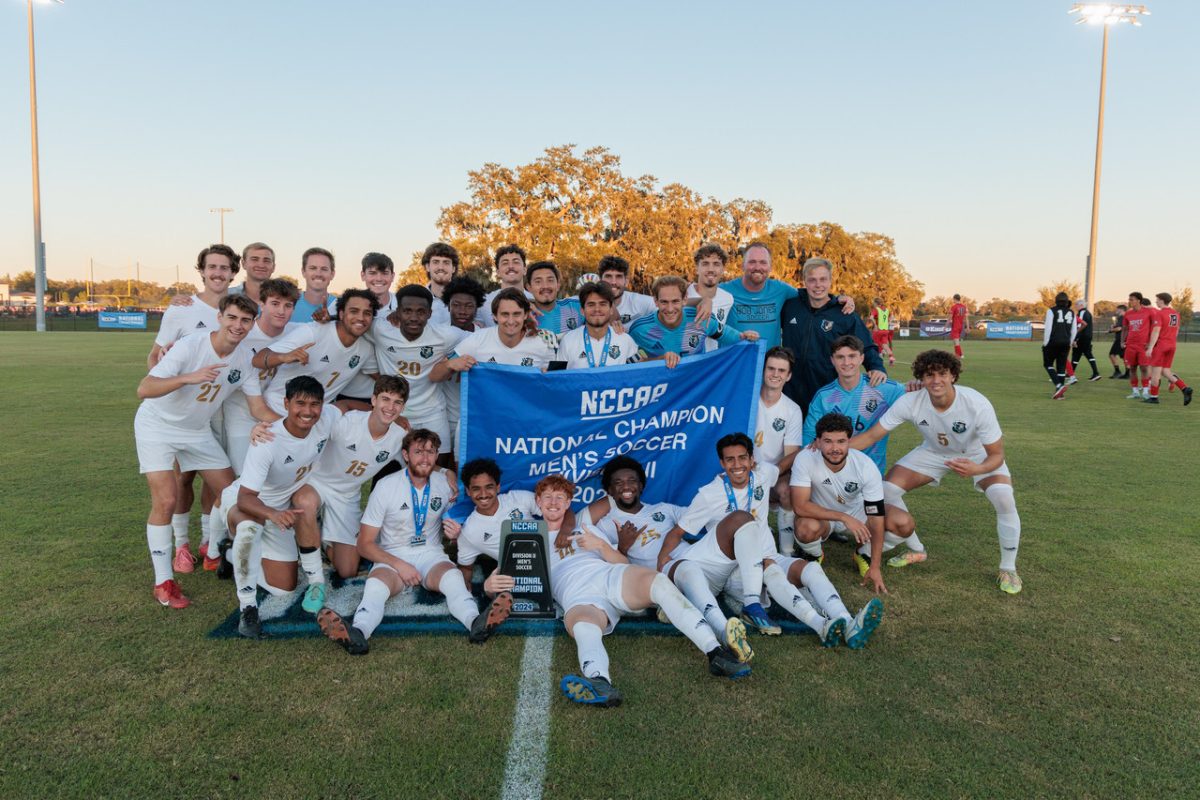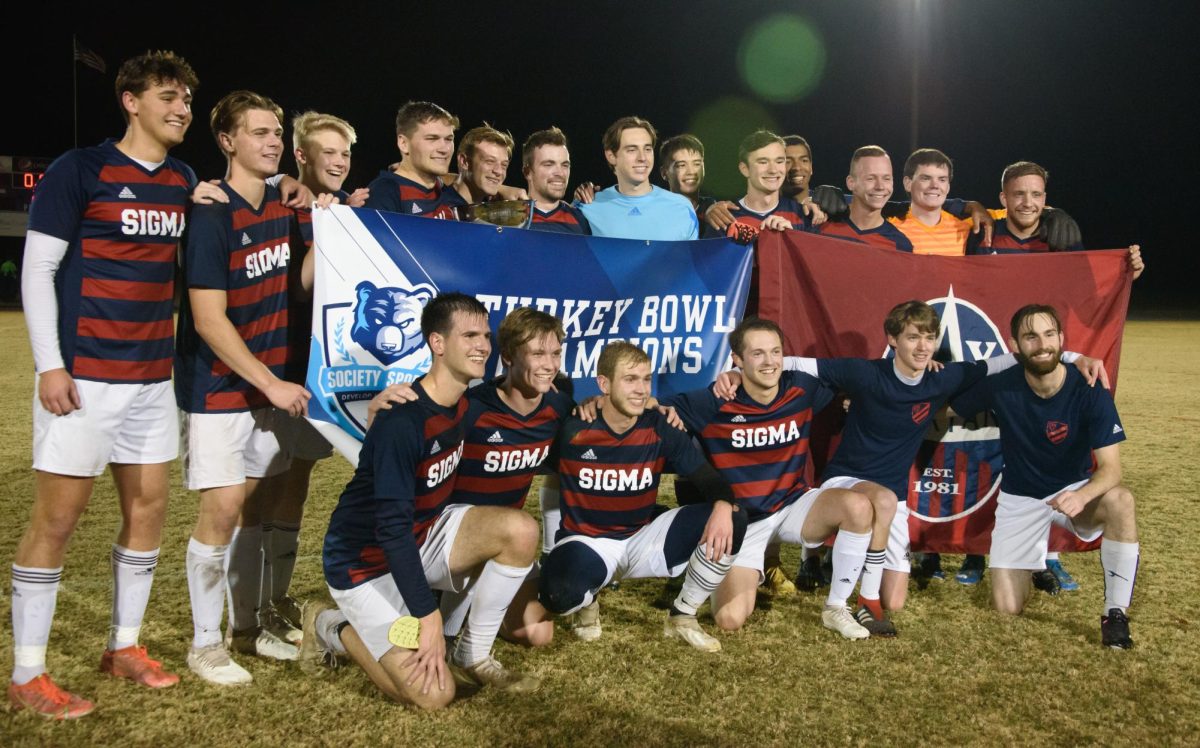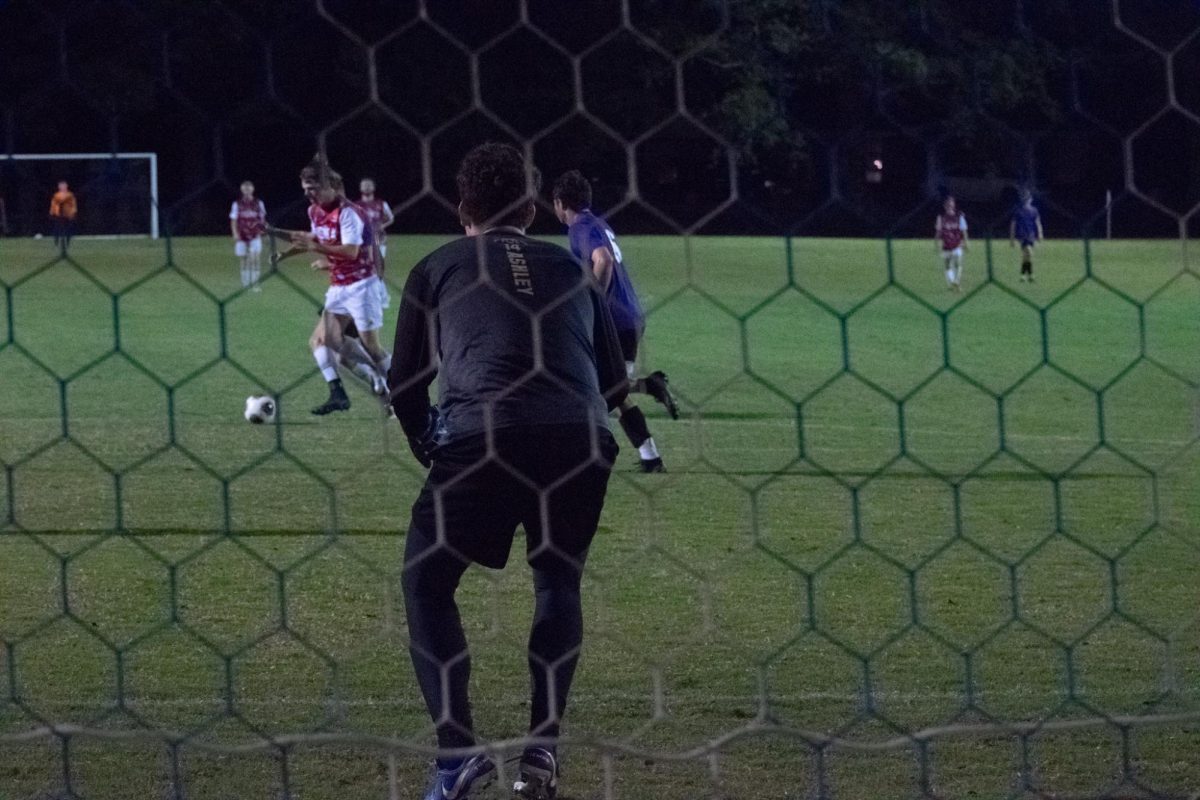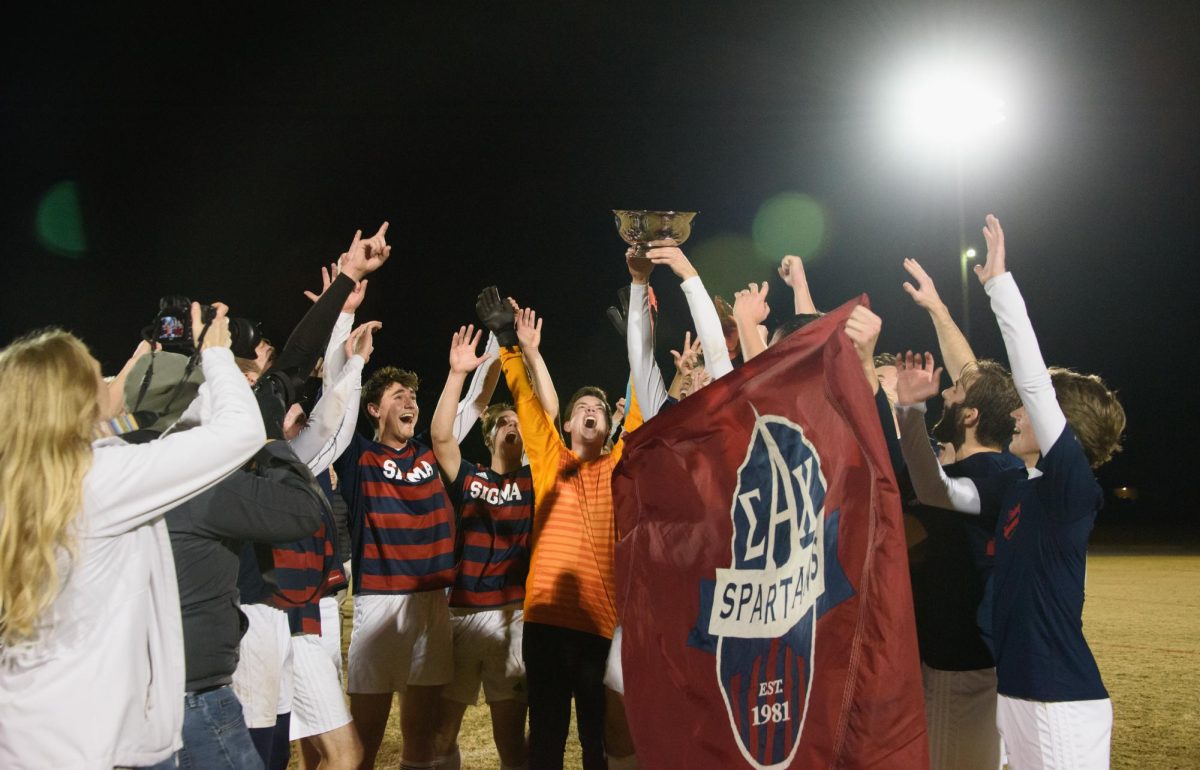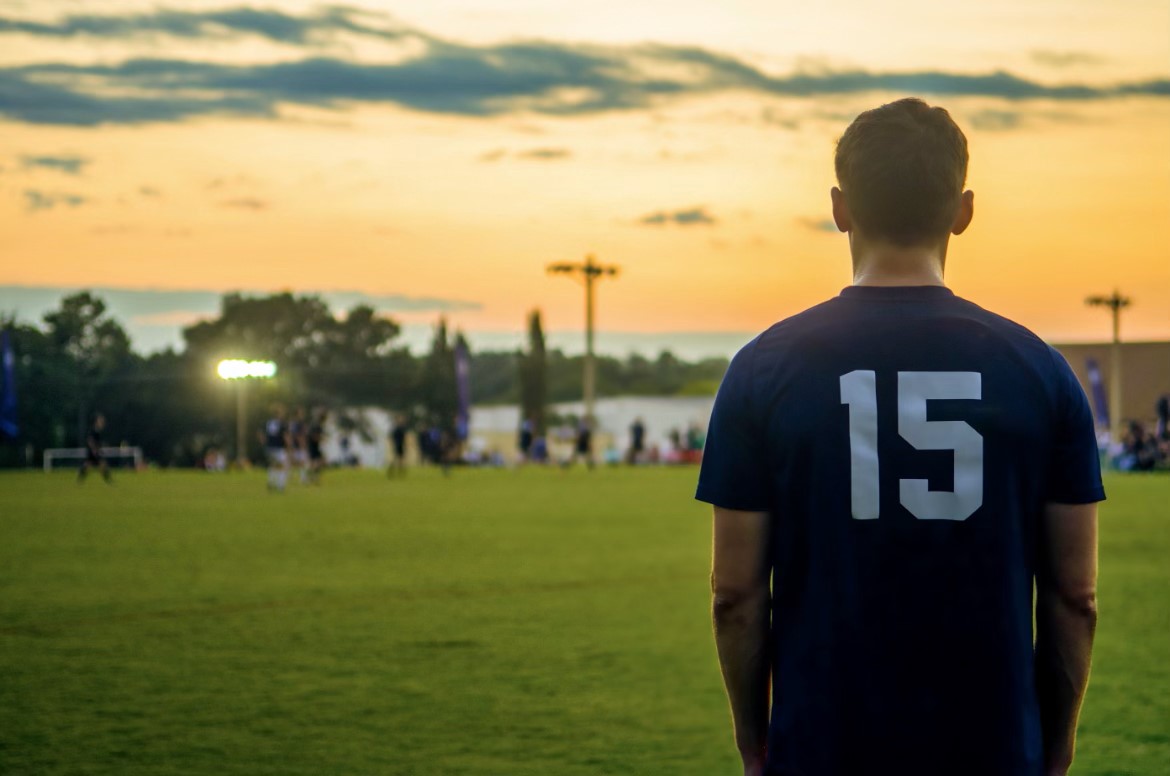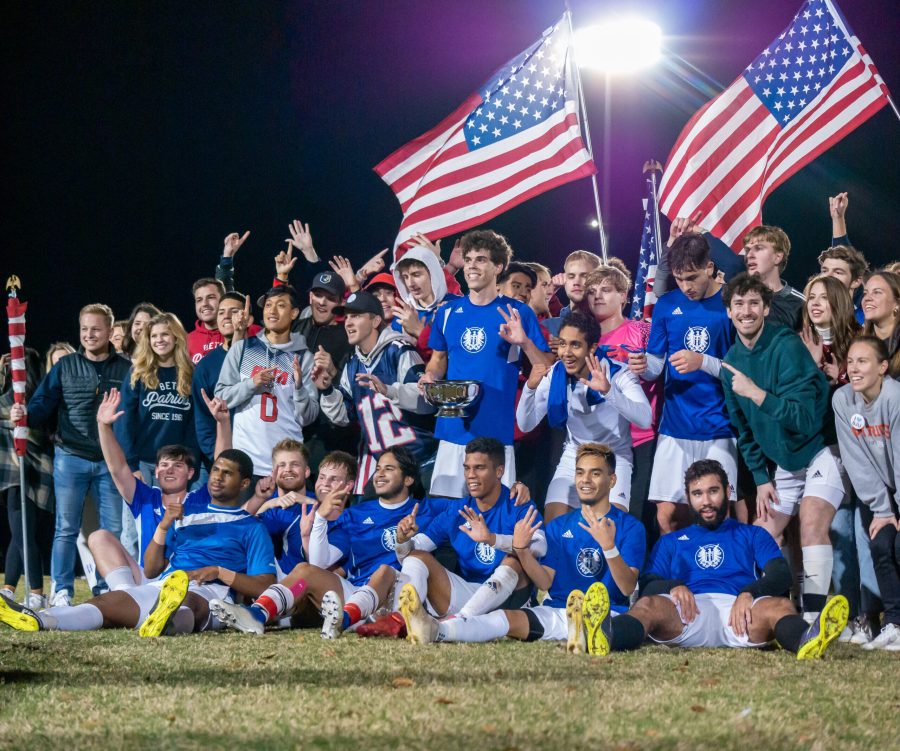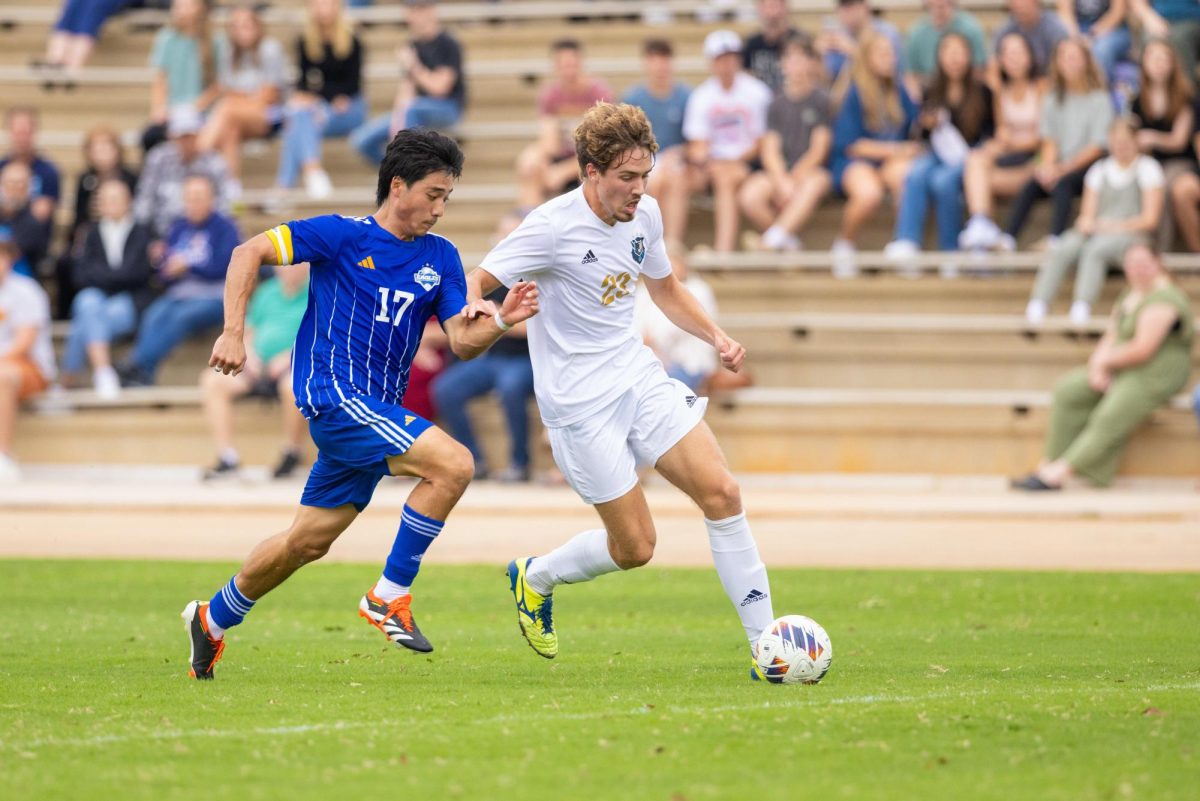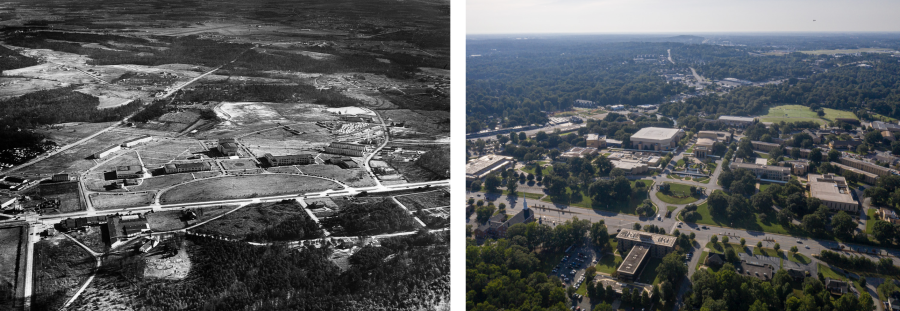Institutions change throughout the decades, and Bob Jones University is no exception. However, despite significant cultural shifts and facility updates over its decades of operation, BJU’s mission remains unchanged.
Phil Adams, a faculty member in the Academic Resource Center, and Dan Olinger, the chair of the Division of Biblical Studies and Theology, attended BJU in the 1970s and remember a different BJU than today from their time as students.
One of these differences includes how BJU used different buildings. Olinger remembers Barge Hospital being operational during his time at BJU. “I spent a couple weeks in there with bronchitis my sophomore year, and both of my daughters were born there,” Olinger said. “They were even doing surgery there for a brief time.”
Ironically for being a college hospital, Adams said he remembers Barge being primarily used for baby deliveries.
He also recalls a stricter class attendance policy.
“The only way you could miss class back then was if you were officially checked into Barge; otherwise, it was a significant demerit penalty for missing class,” Adams said.
The library has gone through major changes since Olinger and Adams’ time as well, according to Olinger. “If you wanted a book [back then], you got the information from a physical card catalog, filled out a request slip and library staff would go get it for you,” Olinger said. “Oh—and internet? What internet?”
Campus life has also notably changed since Olinger and Adams’ time at BJU. Olinger remembers a very different dress code when he attended BJU.
“Men wore coats and ties in morning classes, ties in the afternoon. Women wore skirts or dresses to everything, plus hats to the Sunday morning worship service,” he said.
According to Adams, dorm life was quite different when he was a student. “Lights out was at 11 every day. I don’t think there were exceptions for the weekends–and there were demerit penalties for being up or making any noise after 11,” he said. On weekdays at 7 a.m., a rising bell rang, which meant everyone had to be out of bed.
On weekends the rising bell rang a little later, but students had to attend a morning meeting every Saturday in the FMA.
“I felt bad for the missionary speakers because no one wanted to be there on a Saturday morning,” Adams said.
Olinger said that dating at BJU was also quite different. “Loitering on campus was discouraged, so couples could be together only at designated events like games (all on-campus sports were inter-society in those days), recitals and Artist Series,” he said.
Students could also date in the dating parlor, which is where The Hub is now, to sit on couches and talk, while chaperones would walk through the room, ensuring that no couples sat too close or touched. According to Adams, “It was awkwardly quiet and just not a fun place to be!”
Olinger and Adams both said that classes have also changed. According to Olinger, BJU now places a higher emphasis on experiential learning and on higher-order thinking skills.
Adams said he remembers that in the 1980s, the administration made a push to reduce unnecessary work the students were required to do, such as required attendance at certain meetings including language clubs.
“In general, faculty were asked to reassess what they required and jettison anything not absolutely necessary,” Adams said.

